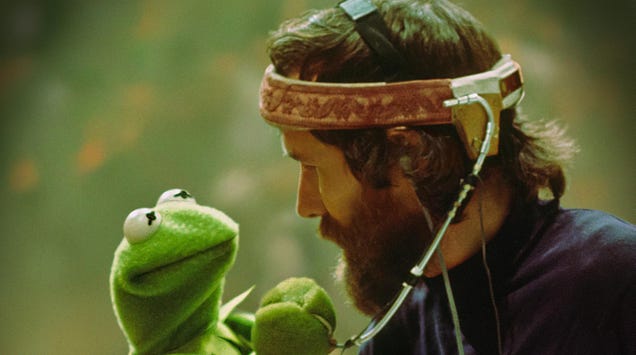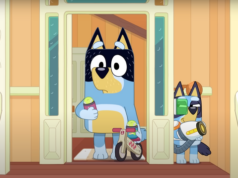
Get ready to never think about The Phantom Menace the same way ever again.
Disney+ recently launched a new show called Disney Gallery: Star Wars: The Mandalorian that goes behind the scenes of the first-ever live-action Star Wars TV show. However, it’s not a traditional making-of show. Each episode focuses on larger themes, and episode two, which debuted Friday, is about the “Legacy” of Star Wars. Executive producers Jon Favreau and Dave Filoni recruited several heavy hitters to weigh in on that topic, including Lucasfilm President Kathleen Kennedy and ILM legend John Knoll, but the highlight is the ending.
That’s when Filoni, who co-created The Clone Wars with George Lucas and probably knows more about that era than anyone including Lucas, starts talking about the ending of The Phantom Menace. It begins about 21 minutes and 30 seconds into the episode, but here’s just a taste.
I love the lightsaber fight with Darth Maul. Not because it’s a lightsaber fight but because George is so good at crafting why that fight’s important…In Phantom Menace you’re watching these two Jedi in their prime fight this evil villain…What’s at stake is really how is Anakin going to turn out. Because Qui-Gon is different than the rest of the Jedi. You get that in the movie and Qui-Gon is fighting because he knows he’s the father that Anakin needs. Because Qui-Gon hasn’t given up on the fact the Jedi are supposed to actually care and love and that that’s not a bad thing. The rest of the Jedi are so detached and they’ve become so political that they’ve really lost their way and Yoda starts to see that in the second film. But Qui-Gon is ahead of them all. That’s why he’s not part of the Council. So he’s fighting for Anakin. That’s why it’s the “Duel of the Fates.” It’s the fate of this child. And depending on how this fight goes, Anakin’s life is going to be dramatically different.
Filoni continues from there. In fact, he continues for another FIVE WHOLE MINUTES if you can believe it, going into how Obi-Wan training Anakin made him who he was, Luke’s training, his showdown with the Emperor and just…all of it. Meanwhile, Favreau and the season one Mandalorian directors such as Bryce Dallas Howard and Taika Waititi sit there in awe at Filoni’s monologue. It’s truly magical to watch.
It also leaves you with a lot to think about. First and foremost is, while everything Filoni says makes perfect sense, there’s certainly a debate to be had if the movie conveys this at all. Sure, all the pieces are scattered across the film and are easy to see when it’s clearly explained like this, but I’m not sure there’s a key in the movie to link all of those things up. Maybe you disagree.
What we do know is Filoni took these lessons and applied them to his own work. The arc of Ahsoka Tano in The Clone Wars, right up until the final episode, feeds off these ideas of the role of the Jedi, how fate plays into your future, making selfless decisions, and so much more. This speech, and much of Filoni’s work, shows an understanding and appreciation of Star Wars on a level few of us ever even think about. That’s why it’s so entertaining to watch and consider.
You can (and should) watch the whole episode of Disney Gallery on Disney+. Here’s the link. New episodes are out each Friday.
For more, make sure you’re following us on our Instagram @io9dotcom.
Source: gizmodo.com








